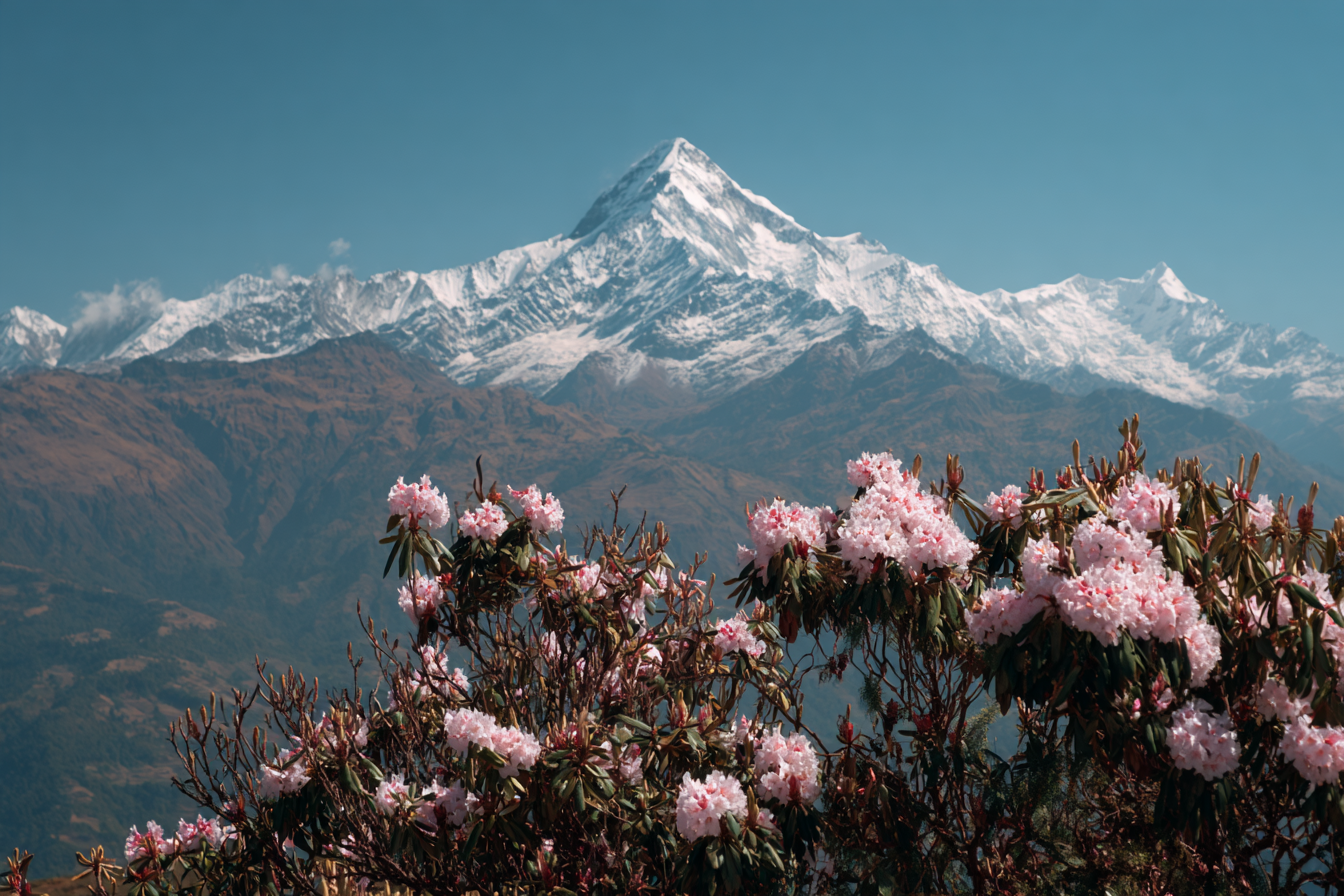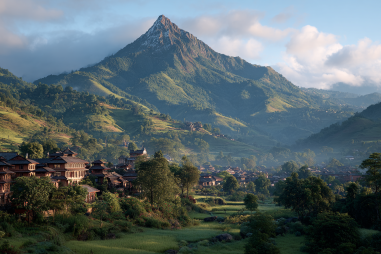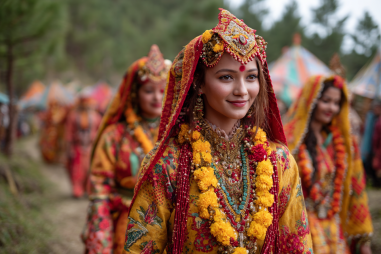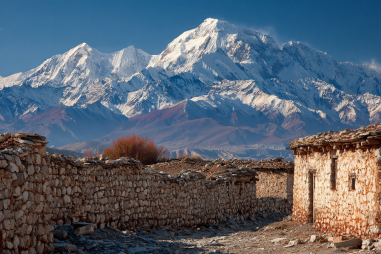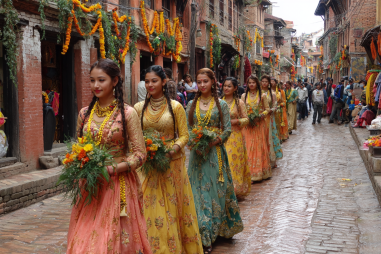Trekking to Everest Base Camp is a dream for many adventure enthusiasts and trekkers worldwide. However, choosing the best time to embark on this journey is crucial for a safe, comfortable, and memorable experience. The region’s seasonal climate dramatically affects trail conditions, weather visibility, crowd sizes, and even temperature ranges. Whether you are a seasoned trekker or a first-time visitor, understanding when to take this trek can make all the difference in your Everest adventure.
Everest’s Seasonal Climate Overview
The Everest region sits in the Himalayas, featuring dramatic swings in temperature and weather patterns throughout the year. Its seasonal climate can be broadly categorized into four main seasons: spring, summer (monsoon), autumn, and winter. Each season brings unique advantages and challenges for trekking.
Spring and autumn are often considered the prime trekking seasons due to moderate temperatures, clear skies, and stable weather conditions. The monsoon season, dominated by heavy rainfall, and winter, marked by freezing temperatures and snow, pose extra challenges but also provide unique experiences for trekkers.
Spring vs. Autumn Trekking Advantages
When planning the best time to trek Everest Base Camp, most trekkers choose between the spring and autumn seasons. Both have their own sets of benefits:
Spring (March to May)
- Lush Scenery: The rhododendron forests burst into color, adding natural beauty along the trails.
- Warmer Temperatures: Days are generally warmer compared to autumn, making for comfortable trekking.
- Longer Daylight Hours: This allows more time for hiking and enjoying the surroundings.
Autumn (Late September to November)
- Clear Skies: After the monsoon rains, the air is crisp and visibility is excellent, providing breathtaking mountain views.
- Stable Weather: Weather tends to be dry and stable, reducing the chances of unexpected storms.
- Ideal Crowds: It is the busiest season but trail infrastructure like lodges and tea houses are all operational.
Both seasons are fantastic, but if your priority is clear views, fall is unmatched. For vibrant flora and slightly warmer weather, spring is ideal.
Weather Conditions and Visibility Expectations
Clear visibility is key for enjoying the stunning vistas of Everest and the surrounding Himalayan peaks. During spring, pre-monsoon weather means there can be some haze or intermittent clouds, especially early on, but views generally improve as the season progresses. Autumn stands out for exceptional clarity thanks to the monsoon’s end, with crisp mountain views that photographers and nature lovers cherish.
Temperature-wise, both seasons experience cold nights and milder daytime temperatures, but early spring mornings and late autumn evenings can still be quite chilly. Snowfall at higher elevations is rare in these windows but always possible, so preparedness is essential.
Impact of the Monsoon Season on the Trek
The summer months—roughly from June through early September—are dominated by the South Asian monsoon, which brings heavy and persistent rainfall to the Everest region. This season is generally not recommended for trekking for several reasons:
- Trail Conditions: Trails become muddy, slippery, and prone to landslides, making trekking difficult and dangerous.
- Visibility: Clouds and rain reduce mountain views and overall sightseeing quality.
- Health Risks: Increased humidity and damp conditions can raise the risk of illnesses and infections.
- Accommodation: Many lodges and tea houses close during the monsoon season due to reduced visitor numbers.
Despite these challenges, some adventurous trekkers visit during this time to experience the lush green landscapes and fewer crowds, but it is recommended only for highly experienced and well-prepared individuals.
Crowds and Accommodation Availability
Everest Base Camp is one of the world’s most popular trekking routes, and crowd levels vary significantly by season.
- Peak Seasons (Spring and Autumn): Expect busy trails and fully booked lodges. It is advisable to book accommodations in advance during these periods.
- Off-Peak Seasons (Monsoon and Winter): Trails are quieter and some lodges may be closed, requiring trekkers to plan carefully and even carry camping gear in some cases.
For those who prioritize solitude and don’t mind tougher conditions, the off-peak seasons offer a more intimate trekking experience, but most prefer the balance of amenities and scenery found during the peak times.
Preparing for Temperature Variations
One of the challenges of trekking to Everest Base Camp is coping with the temperature extremes. While daytime temperatures in spring and autumn are generally comfortable at lower elevations, nights can be freezing, especially above 3,500 meters (11,500 feet).
Temperature can also drop very quickly once the sun sets, so proper layering is essential to stay warm. A typical trekking day will require breathable, moisture-wicking base layers, insulating mid-layers, and a windproof and waterproof outer shell. Good quality gloves, hats, and thermal socks are also critical, especially for nights and early mornings.
At higher altitudes, temperatures may dip to below freezing even in the warmest months, so being prepared for cold weather is not optional but absolutely necessary.
Recommendations for Winter and Summer Treks
Winter Trekking (December to February)
Winter is the coldest period in the Everest region, with temperatures often falling below -20°C (-4°F) at higher altitudes. Snowfall can make trails icy and challenging, and some paths may be closed due to avalanche risk. The upside is the crystal-clear air and minimal crowds. However, special equipment such as insulated boots and sleeping bags, along with high-altitude experience, are essential for safety.
Summer Trekking (June to Early September)
Aside from the monsoon rains, summer offers warm days and flourishing flora in the lower regions. Trekking during this time should be done with caution due to slippery trails and increased risk of landslides. Some trekkers use this season to acclimatize or explore alternative routes less affected by rain. Proper rain gear and flexible itineraries are key components for a successful summer trek.
Choosing Your Perfect Trekking Window
Ultimately, the best time to trek Everest Base Camp depends on your priorities. If you want stunning views and a vibrant trekking community, autumn is the ideal choice. If you prefer blooming landscapes and slightly warmer days, spring is perfect. Those seeking solitude or specific challenges may opt for winter or even summer, but these come with added risks and harder conditions.
Regardless of when you choose to go, adequate preparation, proper gear, regular acclimatization, and flexibility are crucial to enjoy the trek safely and fully.
By aligning your trek with the seasonal advantages, weather conditions, and your personal preferences, your Everest Base Camp adventure will be truly unforgettable.

